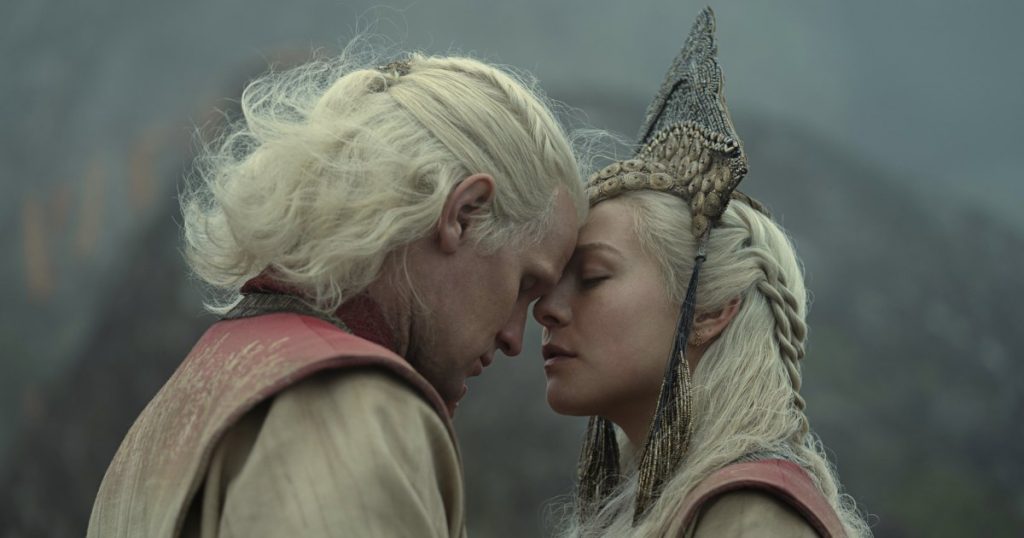The landscape of television programming has undergone a fascinating shift, pivoting from the traditional spin-off model to a surge in prequels. While spin-offs explored new narratives within the same timeframe as their parent shows, prequels delve into the past, offering origin stories and enriching the existing narrative universe. This trend is exemplified by the success of shows like “Bridgerton,” which spawned the prequel “Queen Charlotte: A Bridgerton Story,” exploring the backstory of the enigmatic monarch. This shift signifies a move towards deeper character exploration and world-building, capitalizing on audience investment in established franchises.
The prequel phenomenon extends beyond period dramas, encompassing diverse genres. Sci-fi juggernauts like “Star Wars” have utilized prequels like “Andor” to flesh out the rebellion’s origins and explore pivotal characters’ backstories. Even horror classics have been reimagined through the prequel lens, with “Bates Motel” delving into Norman Bates’ psyche and the events leading to “Psycho.” This versatility demonstrates the adaptability of the prequel format, offering a fresh perspective on established narratives and breathing new life into familiar worlds.
The appeal of prequels lies in their ability to satisfy audience curiosity about beloved characters’ pasts. Shows like “Better Call Saul,” a prequel to “Breaking Bad,” provide context for the transformation of Jimmy McGill into the morally ambiguous Saul Goodman, adding layers of complexity to the original narrative. Similarly, “The Carrie Diaries” offered a glimpse into Carrie Bradshaw’s formative years, resonating with fans of “Sex and the City” eager to understand her evolution. This desire for deeper understanding fuels the demand for prequels, allowing audiences to connect with characters on a more profound level.
Prequels also offer the advantage of expanding the existing universe of a show, creating new storylines and introducing new characters while retaining the core elements that made the original successful. “House of the Dragon,” a prequel to “Game of Thrones,” delves into the Targaryen dynasty’s history, enriching the lore of Westeros and captivating audiences with a new generation of dragons and political intrigue. Even sitcoms like “The Big Bang Theory” have embraced the prequel format with “Young Sheldon,” exploring Sheldon Cooper’s childhood and providing humorous insights into his eccentricities.
The shift towards prequels isn’t without its challenges. Maintaining consistency with the original narrative while offering a fresh perspective requires careful balancing. Prequels like “Dexter: New Blood” and its prequel “Dexter: Original Sin” attempt to delve deeper into the character’s origins while also adding new dimensions to his story, a risky endeavor that can either deepen audience engagement or alienate long-time fans. This delicate balance is crucial for a prequel’s success, requiring a nuanced understanding of the source material and a commitment to honoring its legacy.
The prevalence of prequels in contemporary television programming reflects a broader trend in media consumption. Audiences are increasingly drawn to immersive storytelling, seeking out content that expands upon their favorite narratives and allows them to spend more time in beloved fictional worlds. Prequels offer a unique opportunity to achieve this, providing a deeper understanding of characters, enriching established lore, and ultimately enhancing the overall viewing experience. This shift signifies a move towards a more interconnected and expansive form of storytelling, capitalizing on audience investment and fostering a deeper engagement with fictional universes.

